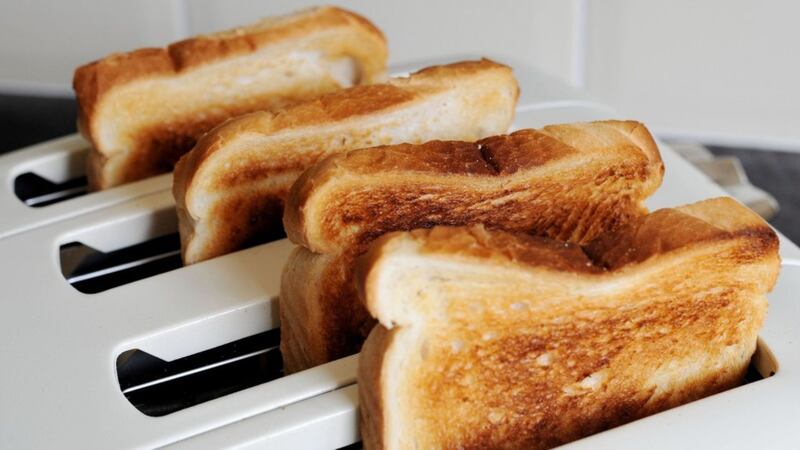New research for National Bread Week (11-17th September) found, I am delighted to say, that Ireland is a nation of bread lovers and it remains a staple food for many of us and it seems we enjoy it in a host of different ways – from breakfast to supper.
I too am a bread lover. I love its taste, versatility, its aroma and as a dietitian I love all the goodness that bread offers.
Contrary to popular belief, bread is good for us, providing protein, folic acid and many nutrients such as dietary fibre, vitamins and minerals. Research undertaken by the Irish Universities Nutrition Alliance (IUNA) found that bread provides as much as 10% of Irish peoples’ daily intake of protein and folic acid. Although brown bread contains more fibre than white bread, because of its popularity white bread provides 9% of our daily fibre intake.
Bread is also the second main contributor to both the iron and calcium intake of the Irish diet and Irish people get more iron from white bread than they do from meat and fish dishes. Many mistakenly believe that white bread has no nutritional value and think, wrongly that bread is high in sugar and fat, when in fact white bread provides 1% of the total sugar intake and 1% of the total fat intake. However, bread does provides 9% of the fibre intake, 5% of the iron intake and 7% of the calcium intake.
Bread has so much to offer; according to the Food and Agriculture Organisation of the United Nations (FAO) the raised bread loaf is the best of the cereal foods and provides more nourishment for humans than any other food source. It’s also important to remember that this applies to all bread – as all breads are nutritious. Whilst from a personal preference some may prefer wholemeal over white or vice versa the differences between white, brown and wholemeal bread are not significant in terms of nutritional value - so long as we eat a balanced diet.
For example, white bread has approximately the same carbohydrate and protein content as wholemeal bread. It also contains soluble and insoluble dietary fibre, and a good percentage of the whole wheat nutrients.
So do join in the celebrations for National Bread Week, tuck into a sandwich or a slice of toast or whatever you prefer.



